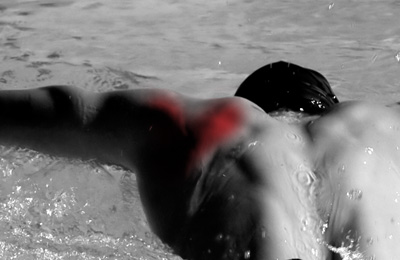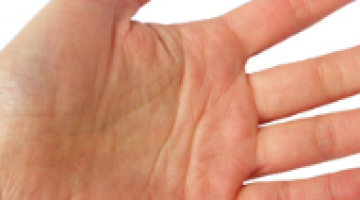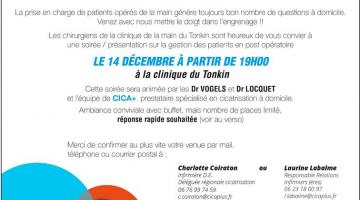responsive
Shoulder joints are subject to multiple stresses which can cause them to wear down.
Shoulder Arthritis
 Shoulder arthritis is a wearing condition linked to many different factors (aging, use of heavy loads, metabolic disorders, genetics, muscular and tendon dysfunction). The causes of the arthritis are not commonly known. This wearing condition causes an irreversible and irredemable alteration in the structure around the shoulder joint and cartilage.
Shoulder arthritis is a wearing condition linked to many different factors (aging, use of heavy loads, metabolic disorders, genetics, muscular and tendon dysfunction). The causes of the arthritis are not commonly known. This wearing condition causes an irreversible and irredemable alteration in the structure around the shoulder joint and cartilage.
Once damaged, the cartilage cannot repaired. The absence of cartilage causes bone to bone friction.
The clinical consequences of this erosion vary greatly from one patient to another. Symptoms can be totally absent in some cases, even in those where there is much joint deterioration.
When it is associated with the wearing down of the joint, arthritis, or omarthritis, is referred to as primary
Arthritis can also be secondary to:
- after effects of fractures
- rheumatological arthritis
- osteonecrosis
- birth defects
Shoulder arthritis is different to other arthritis in the body as it may or may not involve the shoulder tendons,
which are an integral part of the joint.
If tendons are worn causing shoulder arthritis, it is called eccentric omarthritis.
Symptomes
responsive
Diagnostis of Shoulder Arthritis
A standard scan remains the key examination procedure for diagnosis.
When the diagnosis is confirmed, additional examinations can be performed (arthro scanner, MRI). The aim of these examinations is to help choose the correct surgical procedure, and to evaluate the level of joint-wear.
Patient, une prise en charge axée sur
Traitement
Treatment for Shoulder Arthritis
- The first step towards treatment is medical, as this type of arthritis can go undetected, symptoms only appearing late in the condition, or by chance.
- Surgery should only be used if medical treatment is not successful, or at once if the shoulder is in a very deteriorated state.
Shoulder Arthritis
Shoulder mobility is restored by replacing the deteriorated joint with metal and plastic components.
Three types of prosthesis are used:
- Complete prosthesis which mirrors human anatomy. It comprises a metal sphere on top of the humerus (arm bone) and a plastic component on the shoulder plate.
- A complete or reverse shoulder prothesis is used in cases where the tendons are worn.
- Shoulder hemiarthroplasty, when only one component of the joint is affected.
Shoulder prothesis results
Pain is reduced in 80% of cases,
and usually the ability to perform everyday tasks is restored.
Preparing for surgery
- Consultation with your surgeon is essential for understanding you pathology, the type of treatment adapted to your condition and the common risks associated with prosthetic surgery.
- An appointment with the anaesthetist must be made before surgery, to take your medical history into account.
Surgical procedure
Surgery is performed under general anesthetic combined with a local anesthetic in the shoulder. This helps pain management for up to 24 hours after the procedure.
Hospitalization lasts 3 to 5 days on average. A splint will be used for 3 weeks.
Rehabilitation can start the day after surgical procedure.
Orientation towards a rehabilitation center is often discussed before surgery.
Shoulder prothesis results
Pain is reduced in 80% of cases, and usually the ability to perform everyday tasks is restored.
Follow up of Shoulder prothesis
Your surgeon will perform a follow-up 3 weeks, 3 months and 6 months after your surgery. Patients will attend an annual check-up, which includes a standard scan and a clinical self-assessment questionnaire.





